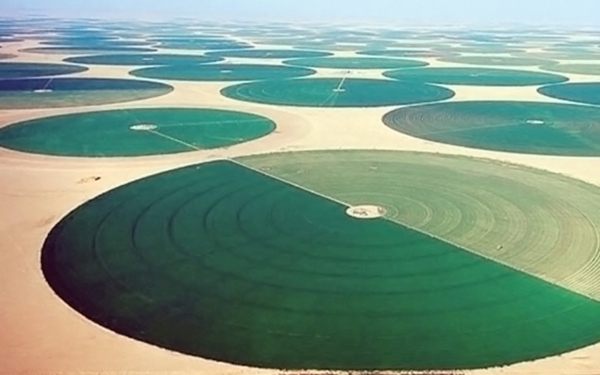



Wadi al-Dawasir Governorate (romanized: Muḥāfad͟hat Wādī ad Dawāsir) is one of the governorates in the Riyadh Region, central Kingdom of Saudi Arabia. It is located approximately 650 km south of Riyadh, covering an area of forty-eight thousand km². It shares its borders with three administrative regions: Najran to the south, and Aseer and Makkah al-Mukarramah Region to the west. To the east, it borders al-Sulayyil and al-Aflaj governorates, while to the north, it shares a border with al-Qwayiyah Governorate. According to the Saudi 2022 population census, the governorate is home to 91,535 residents. The governorate is divided into cities, villages, and hamlets, with a total of forty-three affiliated centers.
Establishment of Wadi al-Dawasir Governorate
Wadi al-Dawasir Governorate was established during the era of King Abdulaziz Bin Abdulrahman Al Saud in 1911. It was formerly known as an emirate and had several historical names, including al-Aqiq, Aqiq Bani Oqail, and Aqiq Tamrah. The governorate derives its name from the Dawasir tribe, which resides in it.
Wadi al-Dawasir Governorate is renowned for being a natural habitat for wildlife. It includes the Uruq Bani Ma'arid Reserve on the edges of ar-Rub' al-Khali to the south and the Majami' al-Hadb Reserve to the north. These reserves are the native habitat for several rare Arabian wildlife species, such as the Arabian oryx, ostriches, Ibex, and sand wolves.

Historical monuments and palaces in Wadi al-Dawasir
Wadi al-Dawasir Governorate is home to ancient historical monuments, the most famous of which are the remains of the gypsum city in the historical village of al-Faw. This village was once the capital of the Kinda Kingdom thousands of years ago and stretched between Wadi al-Dawasir and the Tuwaiq Mountains. Additionally, the governorate includes five archaeological palaces, the most notable being Barzan Palace, locally known as the Palace of the Sheikhs, which was ordered to be built by the founder, King Abdulaziz Bin Abdulrahman Al Saud. After its restoration, it currently serves as the headquarters for the Tourism and Antiquities Office in Wadi al-Dawasir, al-Sulayyil province, and the surrounding areas.
The agricultural and commercial importance of Wadi al-Dawasir
Wadi al-Dawasir Governorate is distinguished by its agricultural and commercial importance, which dates back to the trade route connecting Najran to the archaeological al-Jarhaa region. It hosts the second largest grain silo project in the Riyadh region and in the Kingdom, with a capacity of up to five hundred thousand t. The province is also one of the most important agricultural areas in producing green and dried fodder such as alfalfa, Rhodes grass, and corn. Additionally, it possesses a significant livestock wealth, including camels and various types of sheep.
Related quizzes
Related articles

